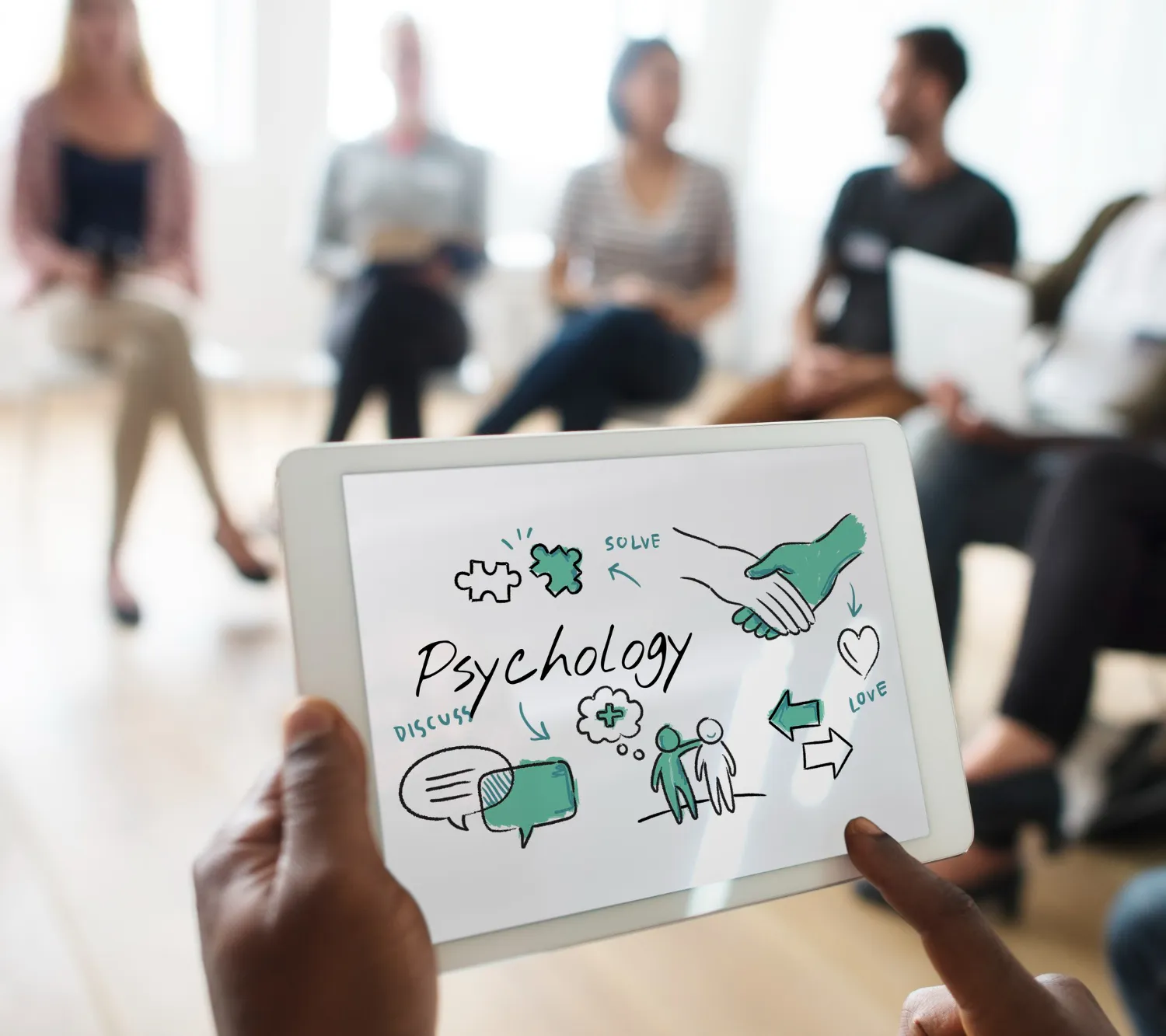In this article, you’ll learn:
In the competitive world of business, success often hinges on the team’s ability to collaborate effectively and think outside the box. While traditional team-building exercises and brainstorming sessions have their merits, incorporating playful activities and games into the work environment can be a game-changer for boosting teamwork and creativity.
In this article, we will explore how play can become a powerful tool for businesses, unlocking untapped potential and fostering a more innovative and cohesive workforce.
Science Behind Play and Creativity
It's easy to dismiss play as frivolous in a serious business setting, but research has shown that incorporating playful elements into the workplace can have significant cognitive and psychological benefits. Play stimulates the brain, fostering creativity, problem-solving skills, and critical thinking abilities. When employees engage in playful activities, their minds are liberated from conventional constraints, allowing them to approach challenges with fresh perspectives.

Studies have demonstrated that playful experiences trigger the release of dopamine, the "feel-good" chemical, which boosts motivation, engagement, and satisfaction. By fostering a playful atmosphere, businesses can create a positive and rewarding work environment, increasing employees' overall job satisfaction and productivity.
At first glance, the connection between play and creativity may seem elusive in a serious business setting. However, beneath the surface, there lies a wealth of scientific evidence supporting the profound impact of play on cognitive functions and creativity. Let's delve into the process flow of the science behind play and understand how it unlocks the gates to innovation and problem-solving.
Neuroplasticity: Rewiring the Brain
Neuroplasticity, the brain's ability to reorganize and form new neural connections, is a crucial aspect of the science behind play and creativity. When employees engage in playful activities, they stimulate various regions of the brain, encouraging synapses to fire and form new connections. These novel connections facilitate the exchange of ideas between different brain regions, enabling the integration of diverse information and perspectives.
As a result, individuals become more adept at making unique associations, finding unconventional solutions, and thinking "outside the box." Play effectively rewires the brain, fostering a mindset that embraces exploration and innovation.
Dopamine: The Motivation Molecule
Dopamine, often referred to as the "motivation molecule," plays a pivotal role in the science of play and creativity. When individuals participate in enjoyable and playful activities, their brains release higher levels of dopamine. This release is associated with feelings of pleasure, reward, and motivation.
In a B2B environment, this heightened motivation can be channeled into problem-solving and creative endeavors through the use of use case diagram scenarios. Employees become more intrinsically motivated to tackle challenges, as the joy of play carries over into their work tasks, increasing their focus and dedication.
Reducing Cognitive Rigidity
Creativity thrives in environments that encourage cognitive flexibility, and play is a powerful catalyst for reducing cognitive rigidity. Traditional work settings often prioritize routine and adherence to established processes. In contrast, playful activities introduce an element of novelty and unpredictability, forcing individuals to adapt and think on their feet.
This adaptability nurtures a "growth mindset," where employees embrace challenges and view failures as opportunities for learning. By challenging cognitive rigidity through play, individuals become more open to experimenting with different approaches, leading to the emergence of innovative solutions.
Role of Play in Stress Reduction
Stress and creativity share an inverse relationship—heightened stress levels hinder creative thinking, while reduced stress fosters a more imaginative mind. Playful activities act as stress-busters, triggering the release of endorphins, which are natural mood elevators.
In a B2B setting, where the pressure to perform can be intense, incorporating play can serve as an essential coping mechanism. By providing employees with opportunities to engage in playful experiences, businesses create a more relaxed and positive work environment, enabling employees to approach challenges with a clearer and calmer mindset.If employees are experiencing high stress and have ESA letters, you can allow them to bring their emotional support animals to the workplace. This can help reduce stress and foster creativity.
Play as a Social Facilitator
Another critical aspect of the science behind play and creativity is its ability to foster social bonds and collaboration. Playful activities often involve teamwork and encourage communication among employees. As team members interact in a lighthearted and non-judgmental setting, trust and camaraderie naturally develop.
These strengthened social connections translate into more effective teamwork and a sense of belonging within the organization. When employees feel comfortable sharing ideas and building upon each other's suggestions, the creative potential of the team is magnified.
Encouraging Divergent Thinking
Divergent thinking is the ability to generate multiple ideas and solutions to a problem. Playful activities are inherently conducive to divergent thinking because they remove the fear of judgment and failure. When individuals engage in play, they are more likely to explore various possibilities without the pressure of finding the "right" answer.
A Case Study:
The productivity of teams can be significantly boosted through the simple act of playing a collaborative (video) game together, as highlighted by a recent study conducted at Brigham Young University. In this study, teams engaged in a shared gaming experience for just 45 minutes, resulting in a remarkable 20% increase in their productivity levels for subsequent tasks.
This research underscores the potential power of incorporating playful activities and games to enhance teamwork and overall performance.

Building Stronger Bonds and Enhanced Communication
Playful activities and games serve as excellent icebreakers, bringing team members closer together and breaking down barriers. Whether it's playing a collaborative board game, solving puzzles together, or participating in team-building challenges, these activities encourage team members to communicate and interact in a non-threatening and enjoyable setting.
Through play, team members learn to trust one another and understand their unique strengths and weaknesses. As they share laughter and enjoyment, camaraderie is strengthened, paving the way for more open and effective communication in the workplace as well as outside of it.
Fostering Creativity and Innovation
One of the most significant benefits of incorporating play into the work environment is its ability to foster creativity and innovation. When employees feel relaxed and empowered, their minds are more receptive to exploring unconventional ideas. Playful activities can spark inspiration and trigger "eureka" moments that might have otherwise remained hidden amidst the pressures of a traditional work environment.
Games and playful exercises often encourage employees to think beyond their comfort zones and experiment with new approaches. By incorporating play into problem-solving sessions or brainstorming meetings, businesses can unlock the creative potential of their teams and discover innovative solutions to complex challenges.
Stress Reduction and Increased Resilience
The modern business landscape can be demanding and stressful, leading to burnout and reduced productivity. Incorporating play and playful activities can act as a buffer against stress, giving employees a much-needed break and an opportunity to recharge.
Engaging in play releases endorphins, which act as natural stress-relievers, promoting emotional well-being and resilience. This not only enhances the overall mental health of employees but also boosts their ability to handle stressful situations and bounce back from setbacks.
Incorporating Play into the B2B Environment
Integrating play into a B2B environment doesn't mean turning the workplace into a playground; it's about striking the right balance. Here are some practical strategies to incorporate playfulness while maintaining professionalism:
a. Dedicated Play Spaces:
Designate specific areas in the workplace where employees can take short breaks and engage in playful activities like board games, football, or creative pursuits.
b. Gamified Learning:
Introduce gamified training modules to encourage continuous learning and skill development among employees. Interactive quizzes, challenges, and rewards can make learning enjoyable and engaging.Games like Fortnite show how immersive, gamified design can boost engagement and drive employee skill development.

c. Team-Building Activities:
Organize regular team-building events that involve playful exercises and challenges, both inside and outside the office. This will encourage collaboration and communication among team members.
d. Playful Rewards:
Instead of traditional rewards, consider incorporating playful incentives like movie tickets, game nights, team outing etc. This will create excitement and boost morale among employees. Also, offering cash receipts allows employees to have the freedom to choose their own rewards, making the experience even more enjoyable and personalized.
Whether they decide to treat themselves to a shopping spree, a special dinner, or save up for something meaningful, the flexibility of cash rewards can enhance the overall motivation and appreciation for teamwork and creativity within the workplace.
Increase Team's Creativity with Pics.io DAM
Pics.io digital asset management (DAM) software stands as a beacon for teams looking to supercharge their creative processes. At its core, Pics.io offers a convenient and intuitive storage for digital assets tailored for the unique demands of modern businesses. It cuts down the cumbersome process of sifting through disorganized files or navigating complicated sharing protocols.
Imagine the countless hours team members might spend searching for that one specific file or design. With Pics.io, this becomes a problem of the past. Everything is easily accessible, stored securely, and ready to be shared with just a few clicks.

It means that teams can divert the time and energy previously consumed by administrative tasks to more valuable endeavors. They have more room to engage in play activities, brainstorming sessions, and creative tasks. By adopting tools like Pics.io DAM, businesses aren't just investing in digital asset management, they're investing in the future creativity and cohesiveness of their teams. After all, when teams play together, they grow together.
Conclusion
Embracing the power of play in a B2B environment can revolutionize teamwork and creativity within an organization. By providing employees with opportunities to engage in playful activities and games, businesses can create a positive and energized work culture.
The benefits of increased creativity, enhanced communication, and reduced stress will lead to a more innovative and productive workforce, propelling the organization towards success in the ever-evolving business landscape. So, let's unleash the power of play and witness the transformation it brings to the world of business.
Did you enjoy this article? Give Pics.io a try — or book a demo with us, and we'll be happy to answer any of your questions.
Venngage Inc





